Blog Archives
November 2018 – Elections, FT8 & Civil Air Patrol
The November 2018 club meeting featured Kent (AD7HK) and Chris (K7CTC) presenting on the ever popular digital mode FT8 with focus on the WSJT-X software by Joe Taylor (K1JT). Additionally, Jody (KC7CVI) gave a brief presentation regarding the Civil Air Patrol. Also, elections were held for the 2019 Board of Directors.
Election Results:
President: Ted McArthur (AC7II)
Vice President: Tyler Griffiths (N7UWX)
Secretary: Tammy Stevens (N7YTO)
Treasurer: Kevin Reeve (N7RXE)
Board Members:
Richard Elwood (KE7GYD)
Chris Clement (K7CTC)
Stan Laughlin (KG7LBP)
Cordell Smart (KE7IK)
Many thanks to the BARC Elections Committee:
Chris Clement (K7CTC)
Tyler Gardner (KI7ODK)
Jason Peterson (KG7YKZ)
Media:
Amateur Radio Digital Modes JT65, JT9 and FT8 by Kent Larsen (AD7HK)
WSJT-X Homepage:
http://physics.princeton.edu/pulsar/K1JT/
WSJT-X User Manual:
http://physics.princeton.edu/pulsar/K1JT/wsjtx-doc/wsjtx-main-1.9.1.html
May 2018 – Solar Power
The May 2018 club meeting featured Ted (AC7II) and Chris (K7CTC) presenting on solar power. Ted has a rather custom grid-tie system that he installed at his QTH. Chris has experimented with portable “off-grid” solar and currently uses it to power his station.
Announcements
Presentations
April 2018 – Mt. Kilimanjaro
The April 2018 meeting featured John McEldowney (KG7LBY) presenting a report on his Mt. Kilimanjaro trip.
Announcements
Photos



March 2018 – Simple HF Antennas & Antenna Launchers
The March 2018 club meeting featured Ted (AC7II) and Tyler (N7UWX) presenting on simple HF antennas you can build as well as showcasing various methods for launching wire antennas into trees.
Announcements
Pictures
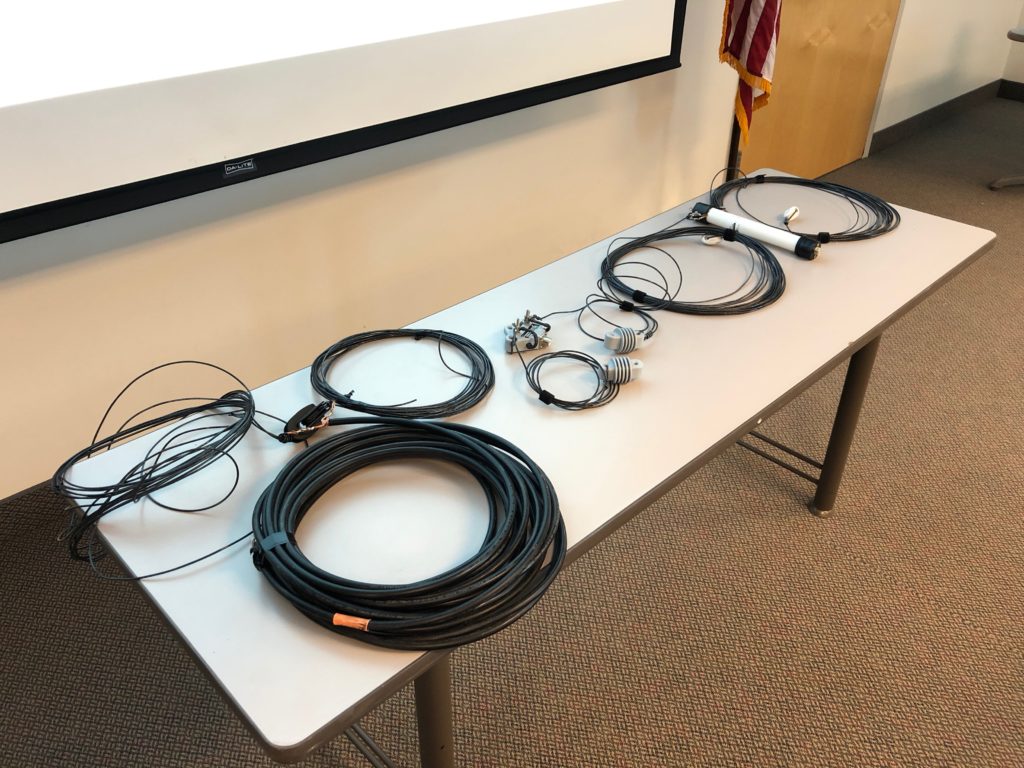

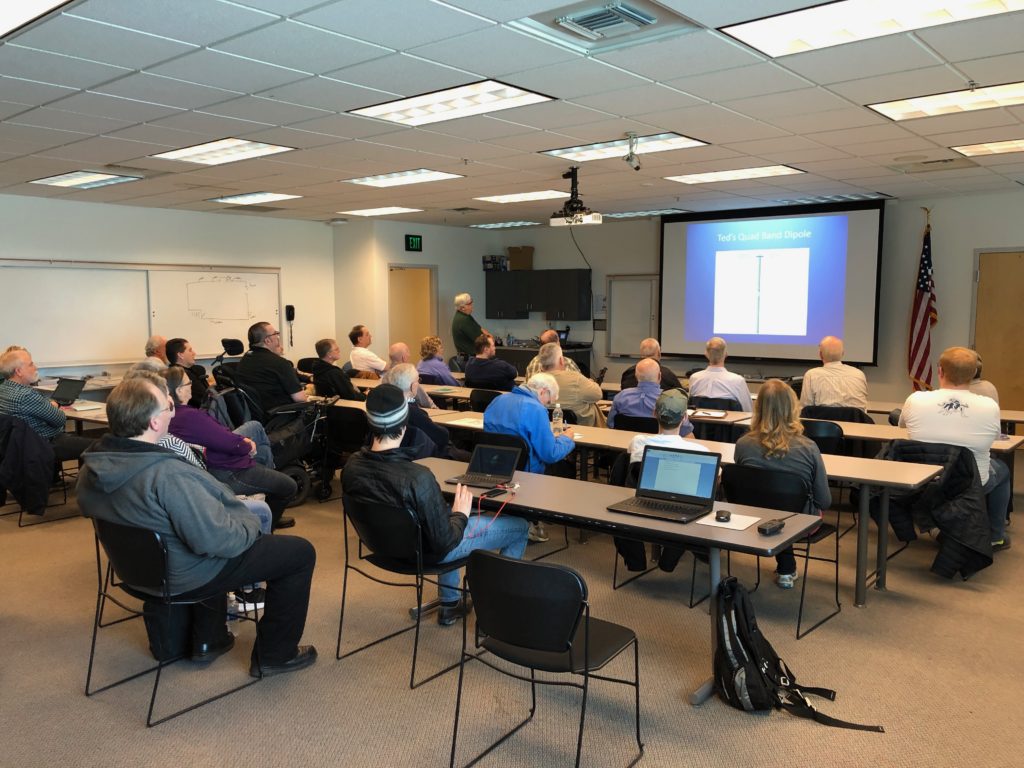
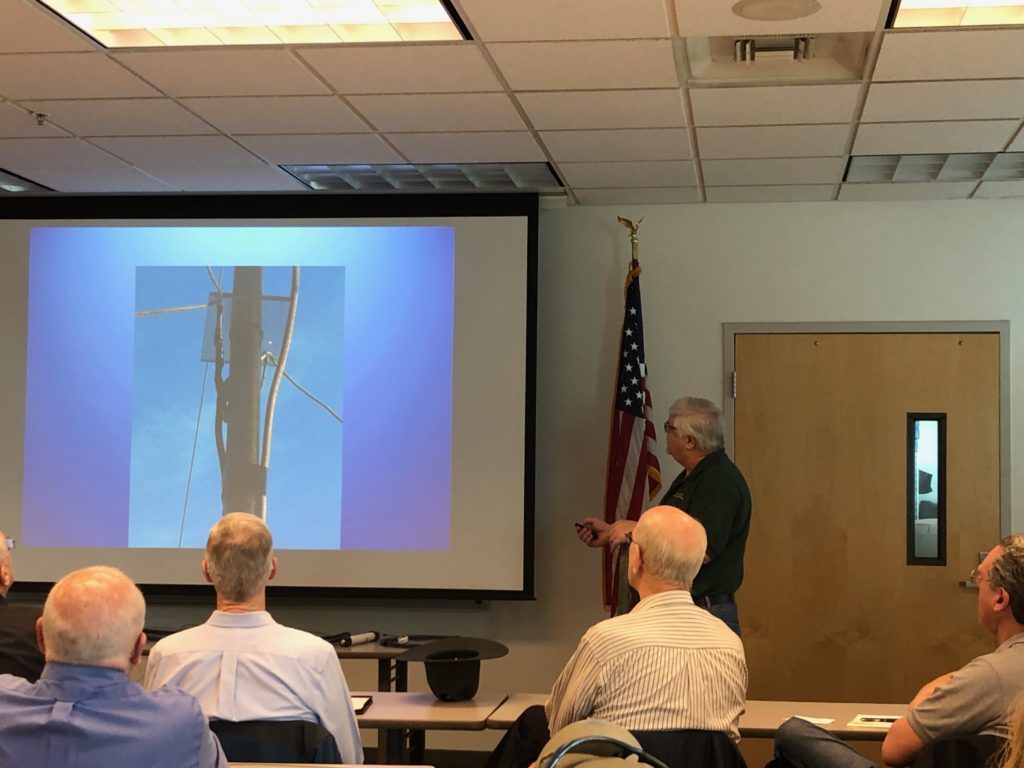



January 2018 – Antenna Analyzers
Many thanks to our presenters (Bill, Cordell & Tyler) for teaching us all a little something about antenna analyzers. We had a great turn out for our first club meeting of 2018 and we thank all those who attended for your fellowship.
A few items of note from the meeting was the big announcement of a new club radio and a new antenna available from the club store. As Ted stated during the meeting, a decision was made by the 2017 board of directors to invest in a new club radio. The day has finally arrived and, drum roll, we now have a shiny new ICOM IC-7610! We hope new rig will provide many years of on-air fun and enjoyment for our members. For those who are interested, CLICK HERE to view the product page on ICOM’s site.

Also, Kevin announced availability of a new antenna from the club store, the TRAM 11861. It is a dual band mag mount and the price is currently set at $32. The price being the big news as we sold the whip and the NMO mag mount separately before and the price was much higher for the pair. Now, the antenna is available as a single package. Specs to follow:
TRAM 11861 Amateur Dual-Band Hi-Gain Hi-Power Magnet Antenna
2.4dBd gain on 144MHz-148MHz, 1/2 wave
5dBd gain on 440MHz-450MHz, 5/8 over 5/8 wave
Factory Tuned
180W power rating
Quality 1-piece coil & 3 1/2″ magnet housing
Total height: 37″
Black, chrome-plated stainless steel whip
15ft low-loss RG58 cable with PL-259
In 2017, we started the practice of showing announcement slides prior to the beginning of the meeting. In 2018, I will start attaching those slides to these meeting posts so that they are available for reference by everyone, including those unable to attend the meeting. With that said, CLICK HERE for the announcement slides. While on the topic, if you have an amateur radio announcement you would like included, please contact a club officer and we’ll add it.
Pictures

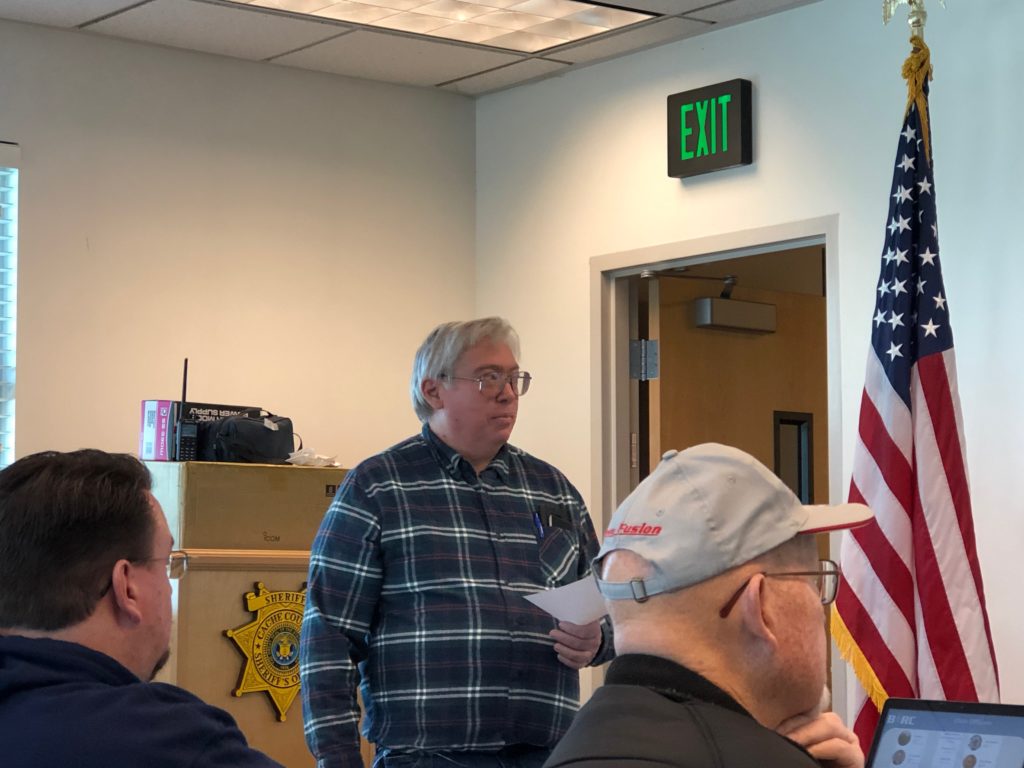

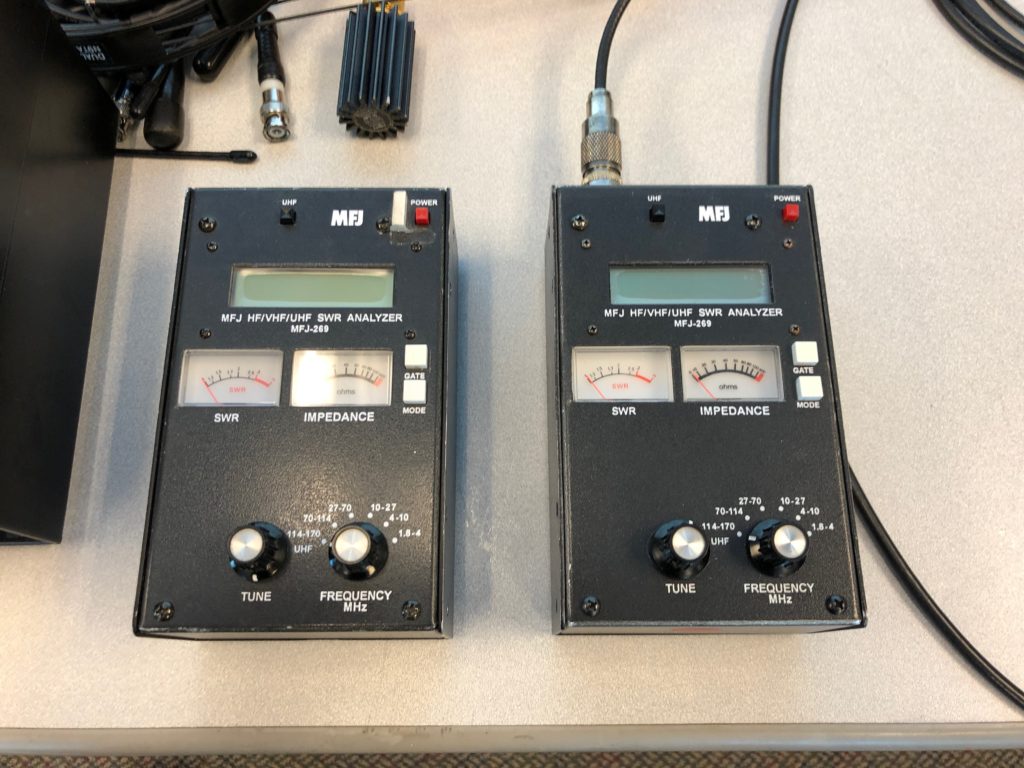

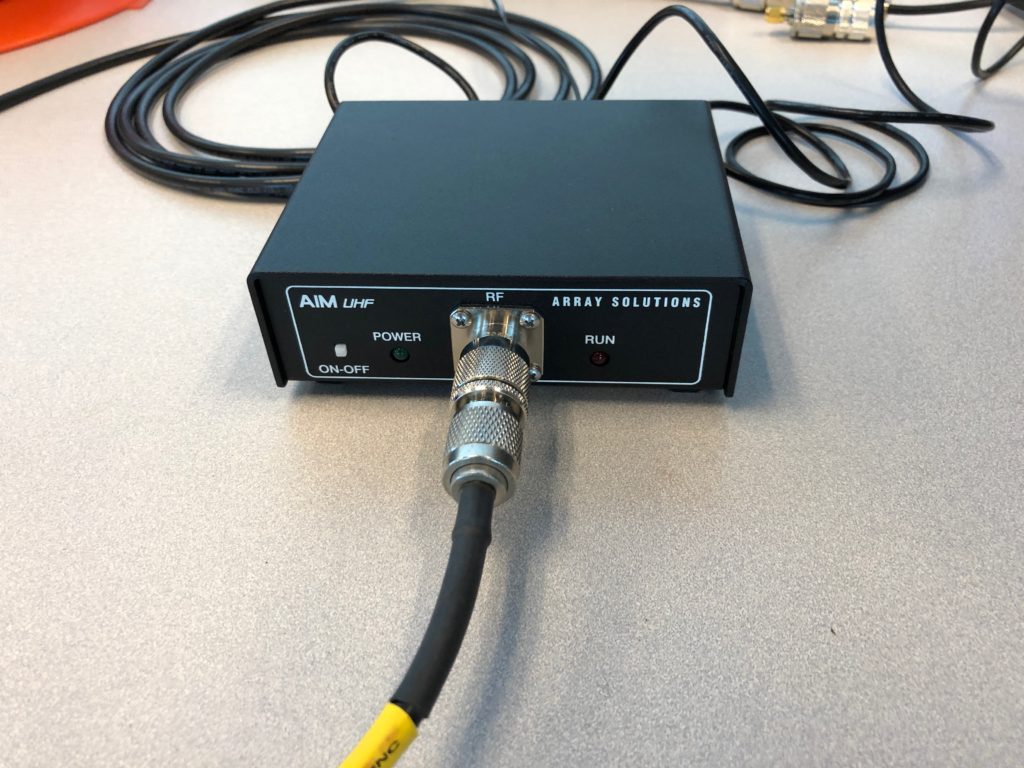
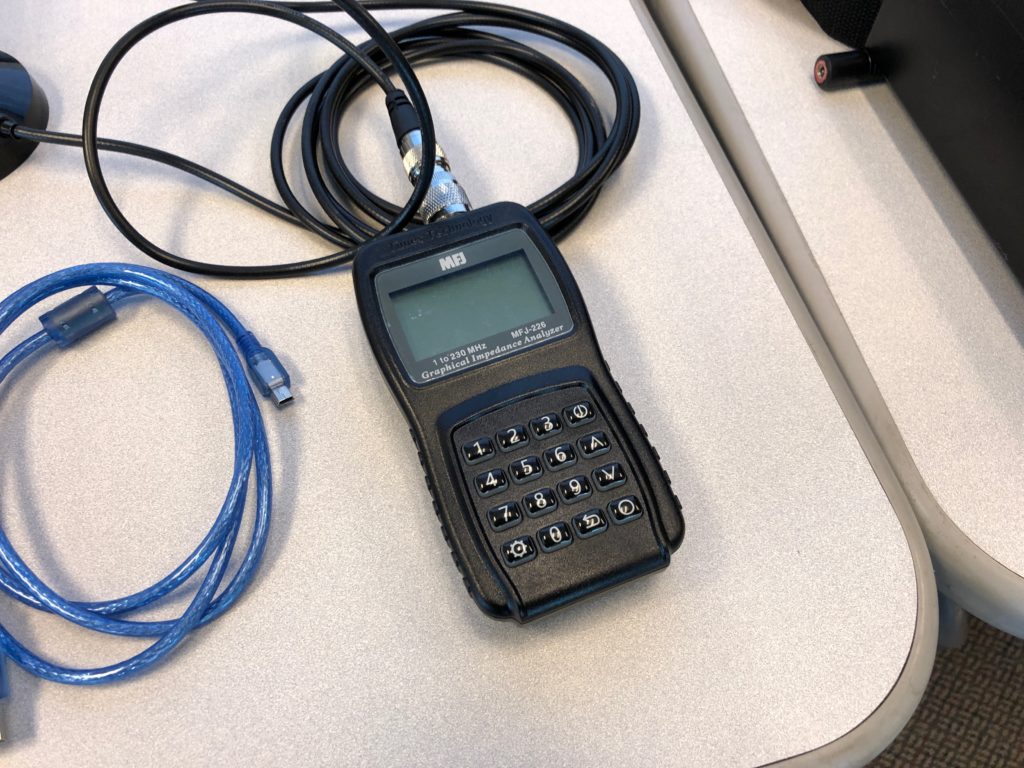

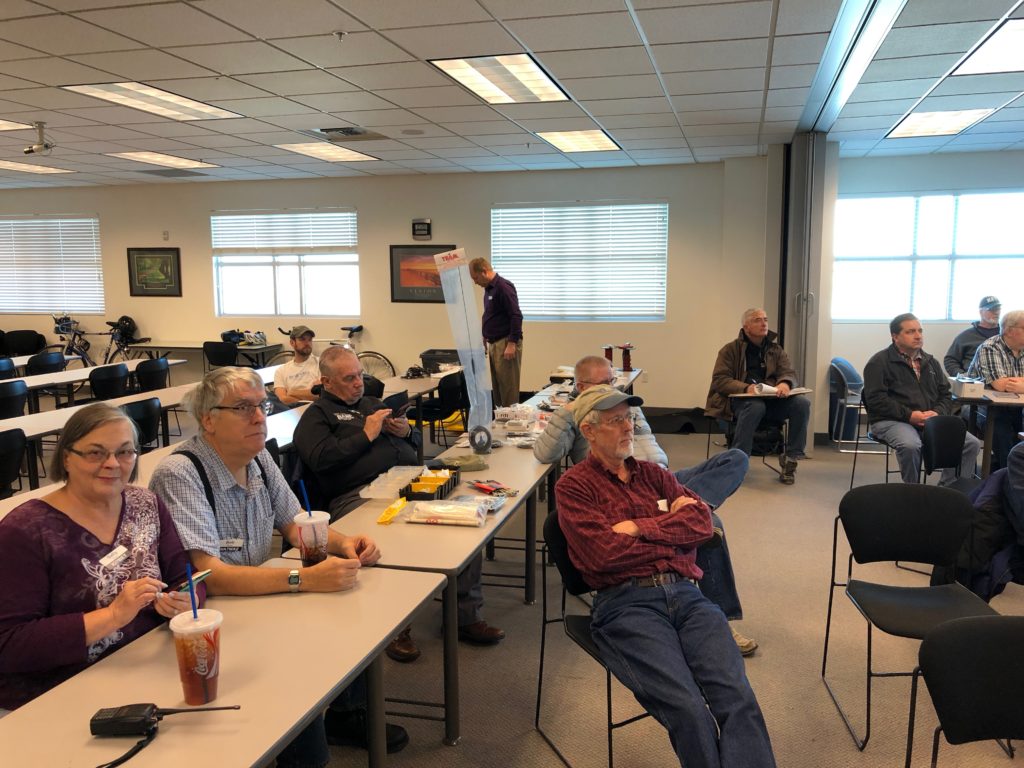
Media
November 2017 – Making QSL Cards
BARC would like to thank Quentin Gardner (WQ7G) for his presentation on the topic of making your own QSL cards.
Media
Downloads
May 2017 – Digital Radio Hotspots
BARC would like to thank Bill (WA7KMF) and Jeff (AC7JT) for their efforts in putting together an informative and enjoyable presentation. Thank you to all who attended the May 2017 BARC meeting. As you may know, this was the last regular club meeting until November. We now enter the busy summer season filled with various activities. If you have not already done so, we encourage you to sign up to participate in one or more activity. Field Day and the WIMU Hamfest are just around the corner. It’s a good idea to start preparing for those events now!
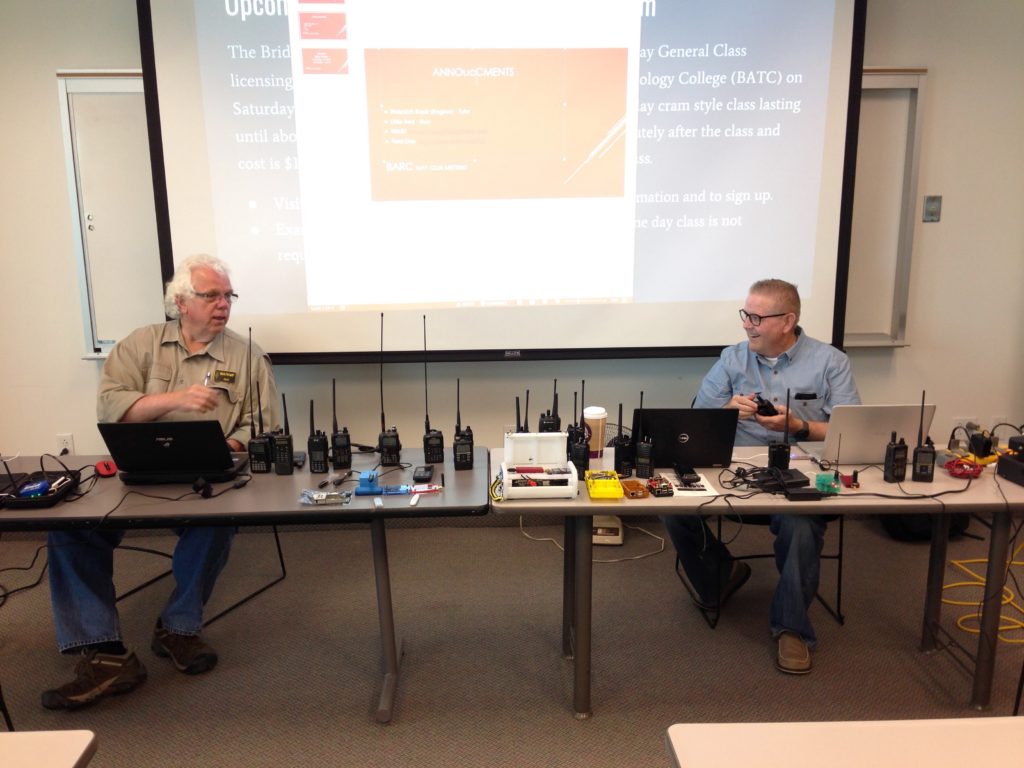
Bill (WA7KMF) and Jeff (AC7JT) presented on dongles, hotspots and radios for the digital ham. They brought with them an impressive array of digital equipment including at least a dozen digital capable HTs and probably every hotspot/dongle currently available on the market. Some of the equipment was “turn-key” commercial gear and there was a mix of home-brew as well.
Bill began by giving an overview of the various digital modes used by hams (D-STAR, DMR, P-25, C4FM, etc.). A few key points are that digital modes are generally more spectrum efficient, and data as well as voice can be combined in the same channel. Some neat features include text (SMS) messaging, location tracking and clearer audio (no static). Ted (AC7II) vouched for the audio clarity of digital vs. analog over a comparable distance. When these digital systems are linked to the internet you can talk all over the world (similar to IRLP and EchoLink on analog FM).
We learned some new terminology such as talk groups, reflectors, R2D2 and dashboard. As with many aspects of the hobby there is a bit of a learning curve. The manner in which you configure your radio (and/or hotspot/dongle) to navigate the various networks is a bit different for each mode. Similarly, each mode has certain pros and cons associated with it (depending on your point of view).
Jeff covered the difference between dongles and hotspots pointing out that with a dongle, you don’t even need a radio. You can use a mic/headset with your PC to transmit and receive and the dongle handles the audio processing for the mode you wish to use. Hotspots have very low power transceivers in them and work sort of like a WiFi router for your radio. Both will enable you to connect to a “channel” of your choice and talk. However, a hotspot enables you to use your radio around the house without being tied to the computer.
There are many other advantages to these little devices. They work anywhere there is an internet connection, so you can take them with you when you travel. Many people “tether” them to their smartphone internet connection with enables use anywhere with cell coverage. With a dongle or hotspot you don’t need to worry if there are no compatible repeaters nearby. In addition, you don’t need to worry about tying up the repeater and you can go to any “channel” you wish.
The following hotspot products were demonstrated:
It is worth noting that we do have multiple digital repeaters available to us in the valley. There are D-STAR, DMR, and System Fusion repeaters on the air. Although the System Fusion machine is not yet configured for using digital.
Jeff provided his opinion to those who are new to digital and looking to get started without a large investment. He stated that DMR would be the best option due to the availability of low cost radios. You can purchase a DMR HT and an entry level hot spot for just under $250.
If you have additional questions or need help getting up and running on digital, please join us for our next Elmer Night which for this month will be on Tuesday the 16th @ 6:30PM in the same location as the meeting.
Media
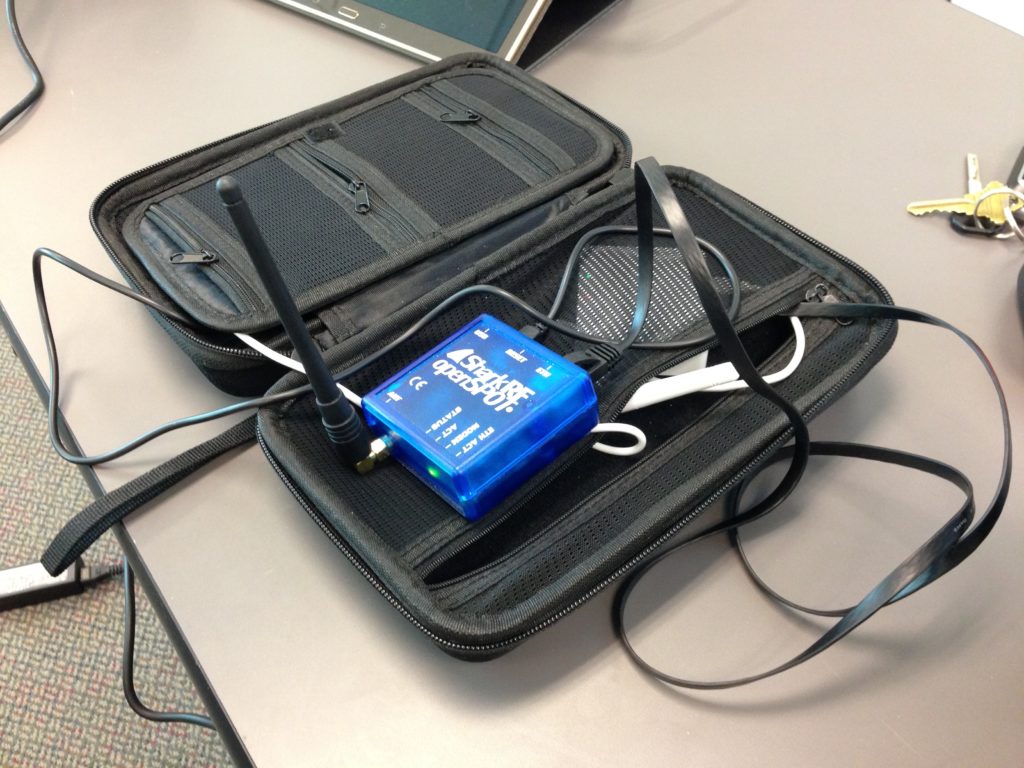
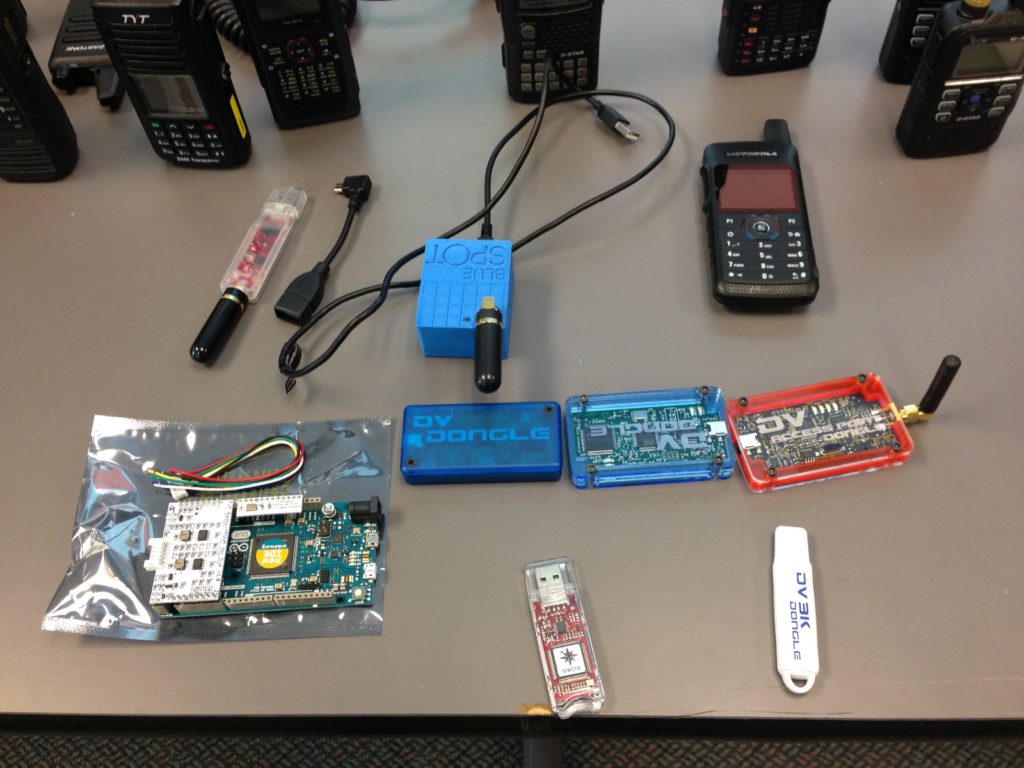
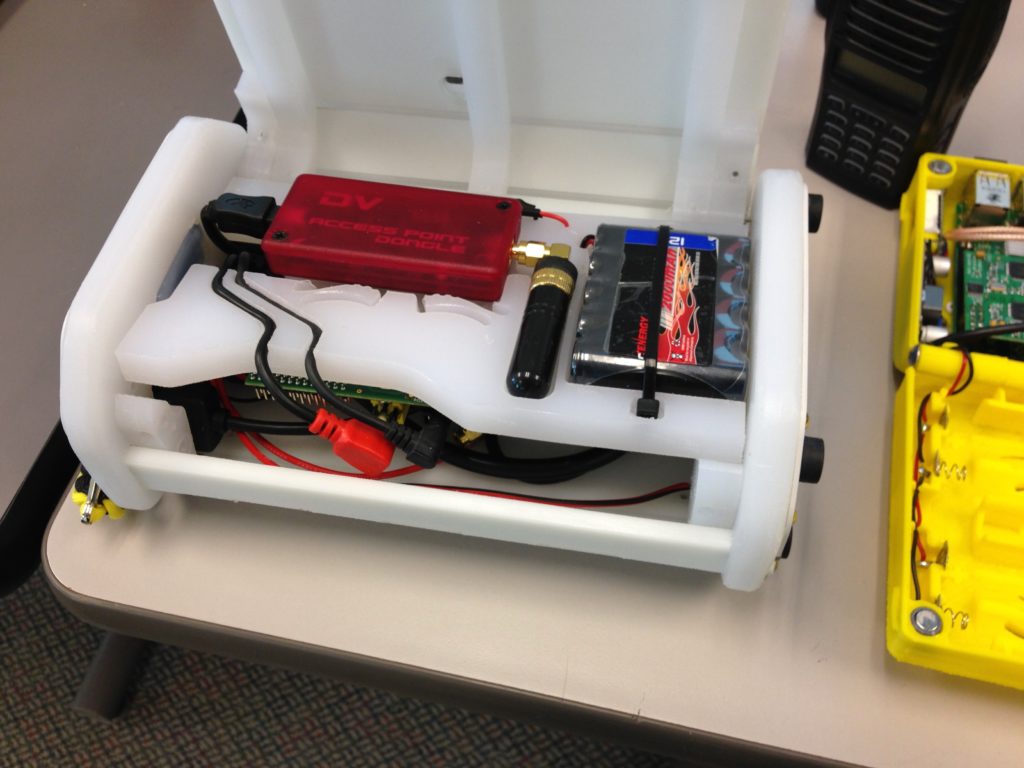

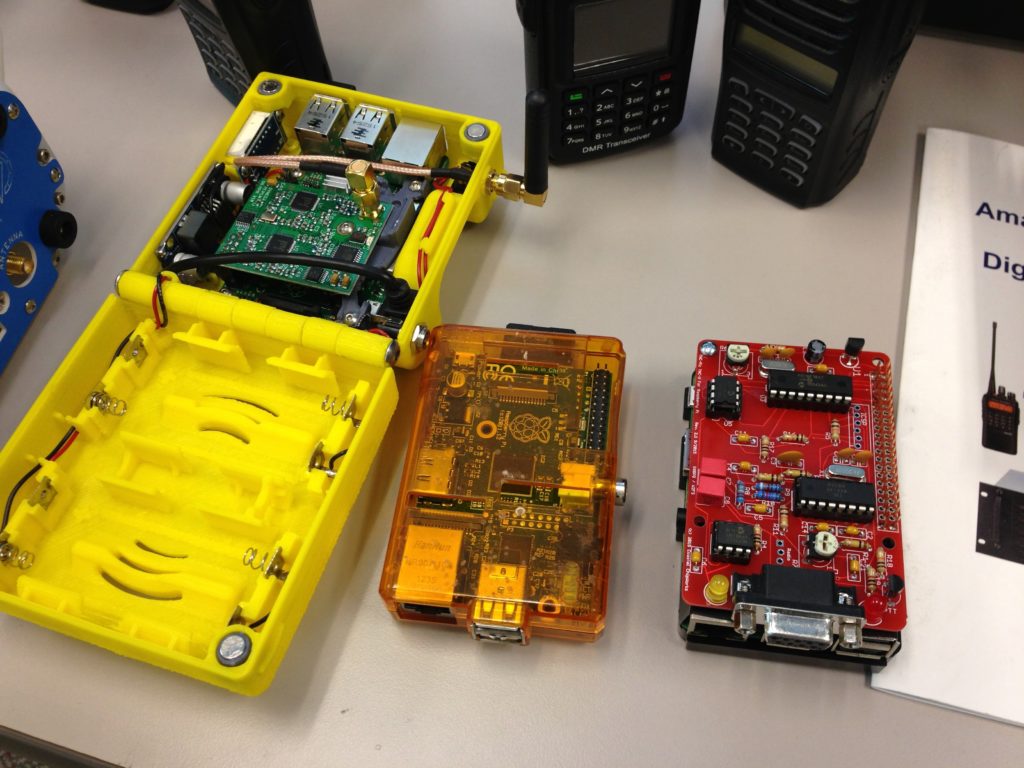
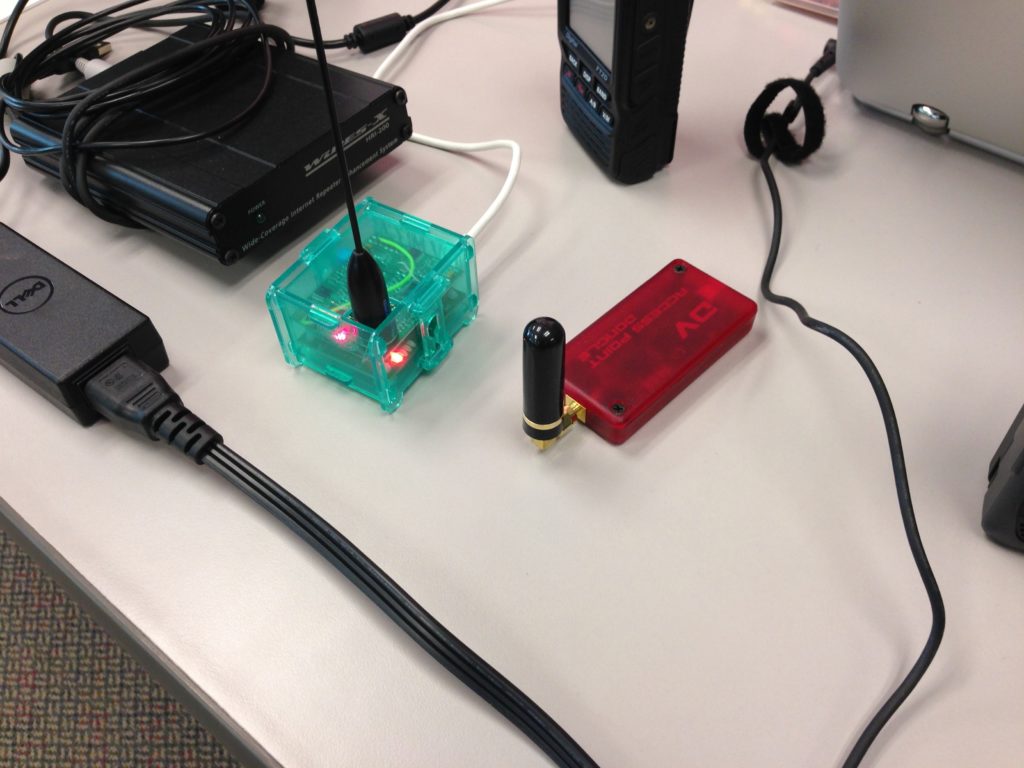
Downloads
April 2017 – What Radio to Buy
Thank you to all who attended the April 2017 BARC meeting. Several items of note took place during this meeting.
First, a vote was taken regarding the donation of $1,000 from BARC to UVHFS to be used for repairs of the damaged Intermountain Intertie sites (primarily Bear Lake). This motion was unanimously approved by all members who were present and a check was presented to Mel Parkes (NM7P).
Current Utah ARRL Section Manager and president of the Utah VHF Society Mel Parkes then spoke regarding the upcoming ARRL election for Utah Section Manager and presented arguments for a vote in his favor. Mel talked briefly about the Utah VHF Society and expressed gratitude to BARC for our contribution to repairing the damaged sites. He answered questions from those in attendance and encouraged we keep an eye open for ham of the year nominations for next year.
 This month’s meeting topic was, “What Radio to Buy”, presented by Ted McArthur (AC7II). A frequent question presented by newer hams is, “Now that I have my ticket, which radio should I buy?” As Ted points out in his presentation (linked above) there is no one-size-fits-all answer to this question. It ultimately depends on the features/functions you need for the activities you plan to participate in. One might interject a follow up question to a prospective buyer of, “What do you plan on using it for?” Of course there are many other factors that come into play as well that Ted points out. The presentation included a discussion on radio types, specifications, sources of professional and end user product reviews, and certain legal issues that arise regarding transmitting on radios as it pertains to their FCC type acceptance.
This month’s meeting topic was, “What Radio to Buy”, presented by Ted McArthur (AC7II). A frequent question presented by newer hams is, “Now that I have my ticket, which radio should I buy?” As Ted points out in his presentation (linked above) there is no one-size-fits-all answer to this question. It ultimately depends on the features/functions you need for the activities you plan to participate in. One might interject a follow up question to a prospective buyer of, “What do you plan on using it for?” Of course there are many other factors that come into play as well that Ted points out. The presentation included a discussion on radio types, specifications, sources of professional and end user product reviews, and certain legal issues that arise regarding transmitting on radios as it pertains to their FCC type acceptance.
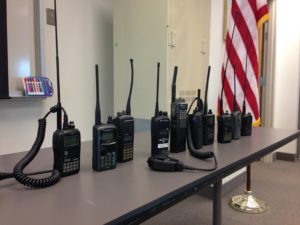
There was an assortment of nearly a dozen handie-talkies on display. One by one, Ted explained the features of each radio, pointing out what modes they transmitted and received, and other items of interest. This was a very good example of the type of operating diversity one can enjoy with just an HT. It is understandable why it may be a daunting task for a newer ham to pick one over the other… But as Ted pointed out, trying different modes and getting a feel for the nuances of different brands is part of the fun of amateur radio. The presentation provided plenty of information to help steer someone looking to make a radio purchase in the right direction.
If you happen to be someone with questions such as the one addressed at the this meeting, please don’t hesitate to ask. We invite you to join us for Elmer Night, which for this month will be on Thursday, the 18th @ 6:30PM on the third floor of the Sheriff’s Office.
Downloads
March 2017 – Mini EComm Conference
At the March club meeting we had some excellent Mini Ecomm Conference presentations. The presentations were an Ecomm Trailer demo by Theo Thompson K7TWT, Grab n Go Radio Kits by Kent AD7HK and Shirley AD7HL Larsen, Medical/First Aid Grab n Go Kits by Brian Jenkins KF7UOH, Solar Power Buyer’s Guide by Chris Clement K7CTC, 72 Hour Kit Demo by Laurie Littledike KF7DKM, CERT demo by Russ Leikis KE7VFI, and Portable HF demo by Jared Smith N7SMI.
Every year we need to review our Grab n Go Kits and 72 Hr Kits that we have prepared for emergency situations. The review and inventory makes sure that expendable items are fresh, and you have not borrowed something and forgot to put it back. It’s also a good time to check your HTs, portable radios are in good working order, and update any repeater frequencies that might have changed. Also the information presented at the Ecomm Conference could give you ideas to improve or add items to your Grab n Go Kit and 72 hr Kits. So when all else fails, you are ready with your Grab n Go Kit and 72 Hr Kit.
The month of April is when the Great Utah ShakeOut drill is held. This is an opportunity to learn how to be better prepared for major earthquakes and how to protect ourselves during earthquakes. Participating is a great way for you or your organization to gain a better understanding in taking appropriate action to reduce injuries and fatalities during earthquakes, and to recover quickly from big earthquakes.
Be Ready Utah is the State of Utah’s official emergency preparedness campaign managed by the Division of Homeland Security. It’s designed as a bottom-up approach for preparedness with the focus on every individual’s personal responsibility in preparedness first. The web site provides valuable information for individuals and families, communities, and others on how to get started with simple, basic steps to preparedness.


